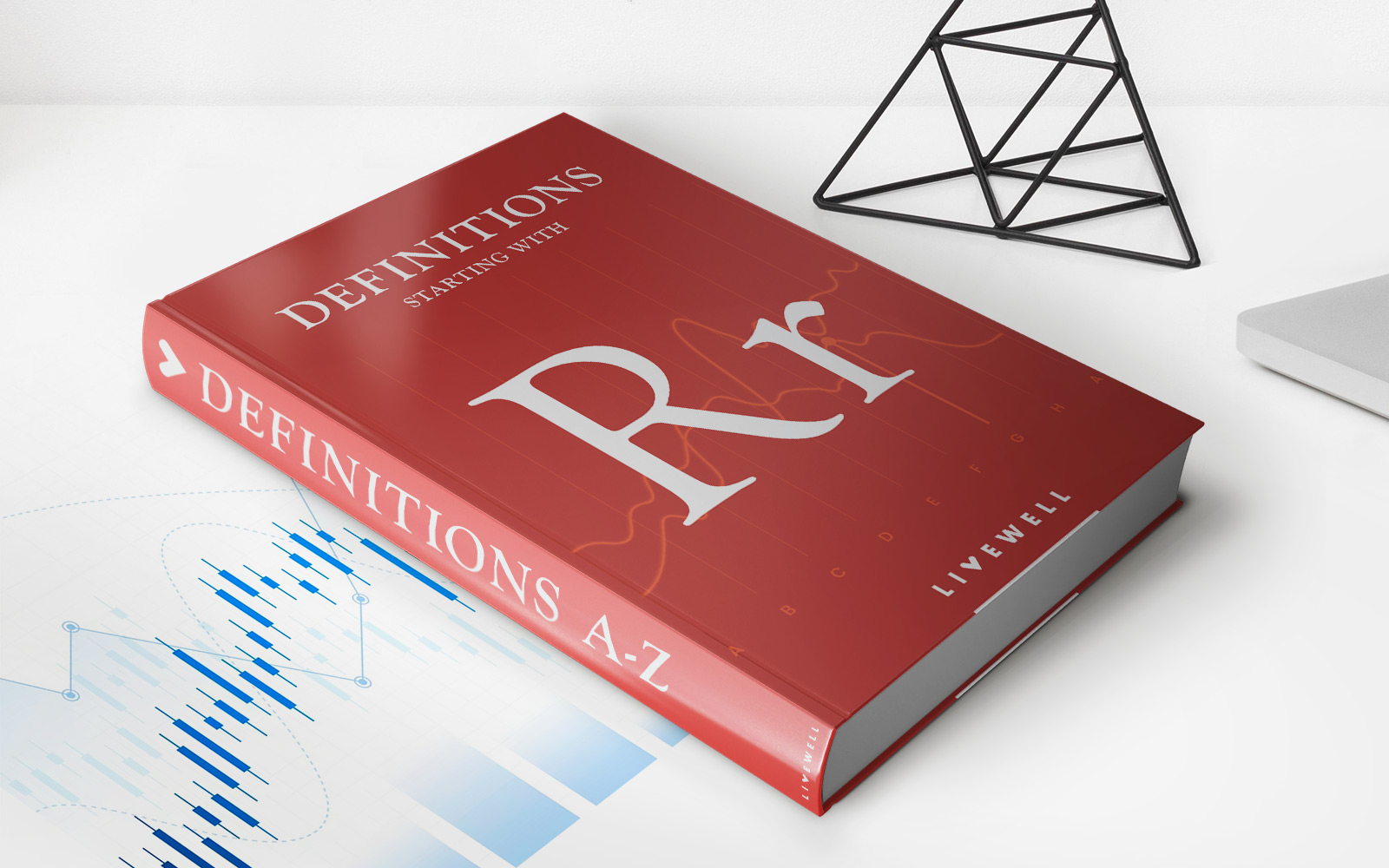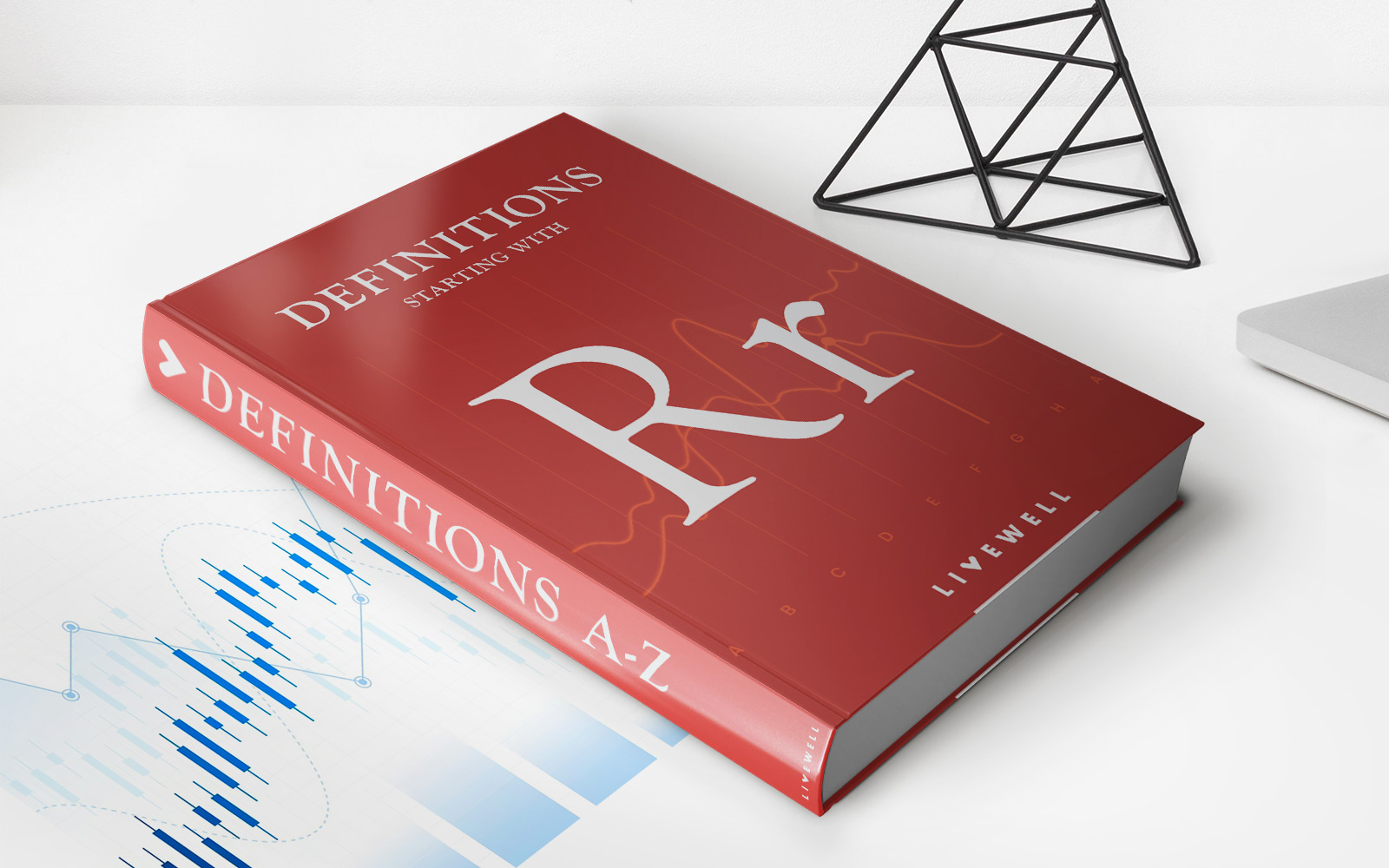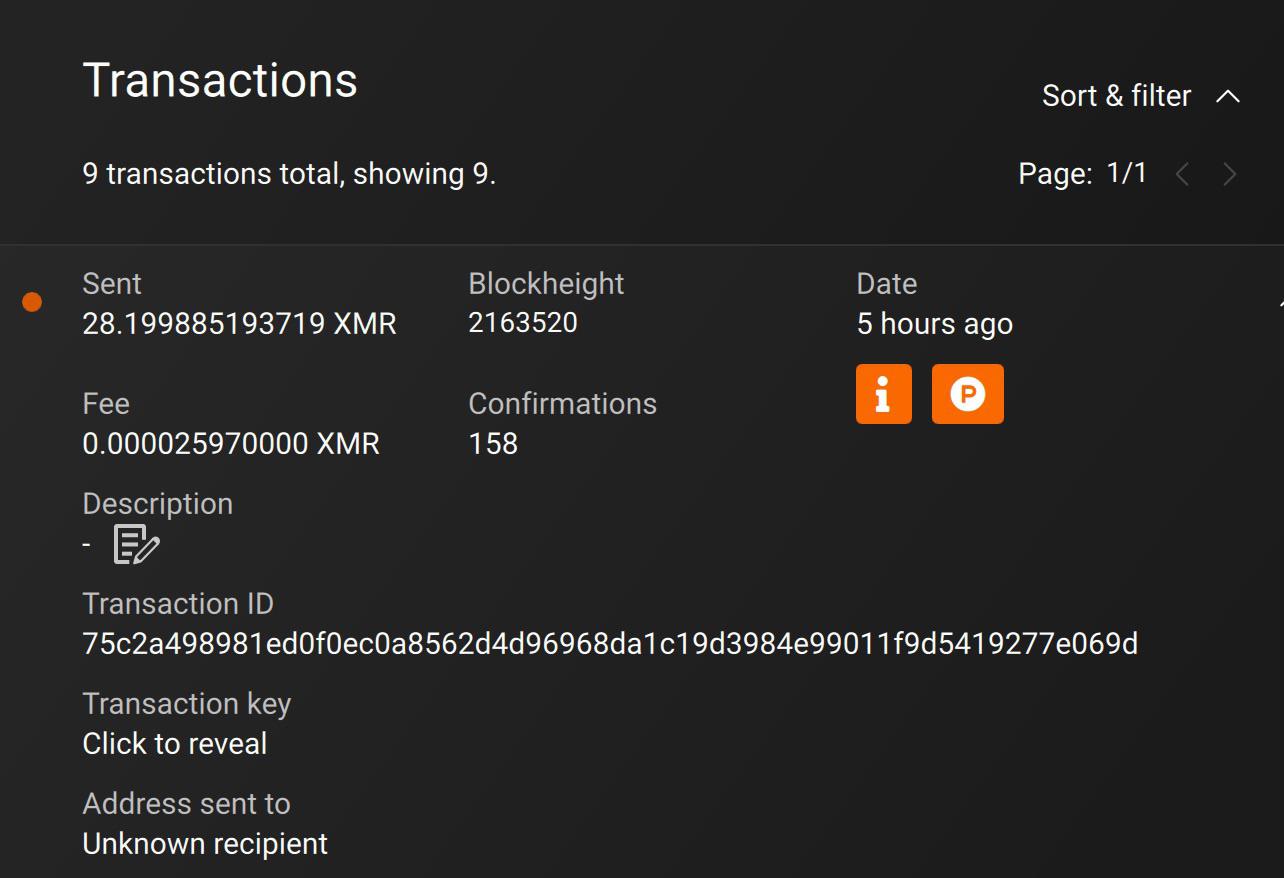

Finance
Rio Hedge Definition
Modified: February 21, 2024
Discover the meaning of Rio Hedge in finance, its benefits, and how it can protect your investments. Learn more about this risk management strategy to maximize your financial gains.
(Many of the links in this article redirect to a specific reviewed product. Your purchase of these products through affiliate links helps to generate commission for LiveWell, at no extra cost. Learn more)
Unlocking the Financial World: Understanding Rio Hedge
Finance can be a complex and intimidating subject, but it is crucial to have a good grasp of it in order to navigate the world of investments and asset management effectively. One area that is often misunderstood is hedge funds, and within that realm, Rio Hedge is a strategy that deserves some attention. In this article, we will dive into the Rio Hedge definition, providing you with a concise and comprehensive understanding of this financial approach.
Key Takeaways:
- Rio Hedge is a risk management strategy used by hedge funds to protect against potential losses.
- It involves taking offsetting positions in related securities or derivatives to minimize overall risk exposure.
But first, what exactly is a hedge fund? In simple terms, a hedge fund is an investment vehicle that pools capital from wealthy individuals and institutions to pursue higher returns by employing various sophisticated strategies. These strategies often involve greater risk, but they can also yield significant rewards when executed correctly.
Rio Hedge, short for “risk is opportunity,” is a specific approach that hedge funds take to manage risk effectively. Rather than simply trying to avoid risk altogether, Rio Hedge involves acknowledging the potential risks and leveraging them as opportunities for profit. By doing so, hedge fund managers aim to protect against potential losses while still maximizing returns.
Here are some key points to understand about Rio Hedge:
1. Portfolio Diversification
Rio Hedge involves diversifying the hedge fund’s portfolio by taking offsetting positions in related securities or derivatives. This diversification helps to spread risks across various investments and sectors, ultimately reducing the overall risk exposure. Holding a mix of assets that are inversely correlated or have limited correlation helps to ensure that losses from one position may be offset by gains in another.
2. Hedging Against Market Volatility
In the world of investments, market volatility is an ever-present challenge. Rio Hedge aims to protect hedge fund investments from unfavorable market movements and unexpected events. By taking positions that counterbalance the potential losses in the portfolio, the hedge fund can minimize the impact of market volatility. This strategy allows for a more stable and predictable investment performance, even during turbulent times.
Implementing Rio Hedge requires in-depth market analysis, risk assessment, and a thorough understanding of the correlations between different assets. Successful execution demands a high level of expertise and strategic decision-making.
So, whether you are an aspiring investor or simply curious about the world of finance, understanding Rio Hedge can provide valuable insights into the methods and strategies employed by hedge funds to manage risk. By employing a diversified portfolio and leveraging market volatility, Rio Hedge offers a path to potentially higher returns while mitigating potential losses.
Keep these key takeaways in mind when considering Rio Hedge:
- Rio Hedge involves taking offsetting positions to diversify and minimize risk exposure.
- It aims to protect against market volatility by leveraging potential risks as opportunities for profit.
Remember, knowledge is power in the world of finance, and familiarizing yourself with concepts like Rio Hedge can expand your understanding and help you make informed investment decisions. So, go ahead, explore, and unlock the secrets of the financial world!














